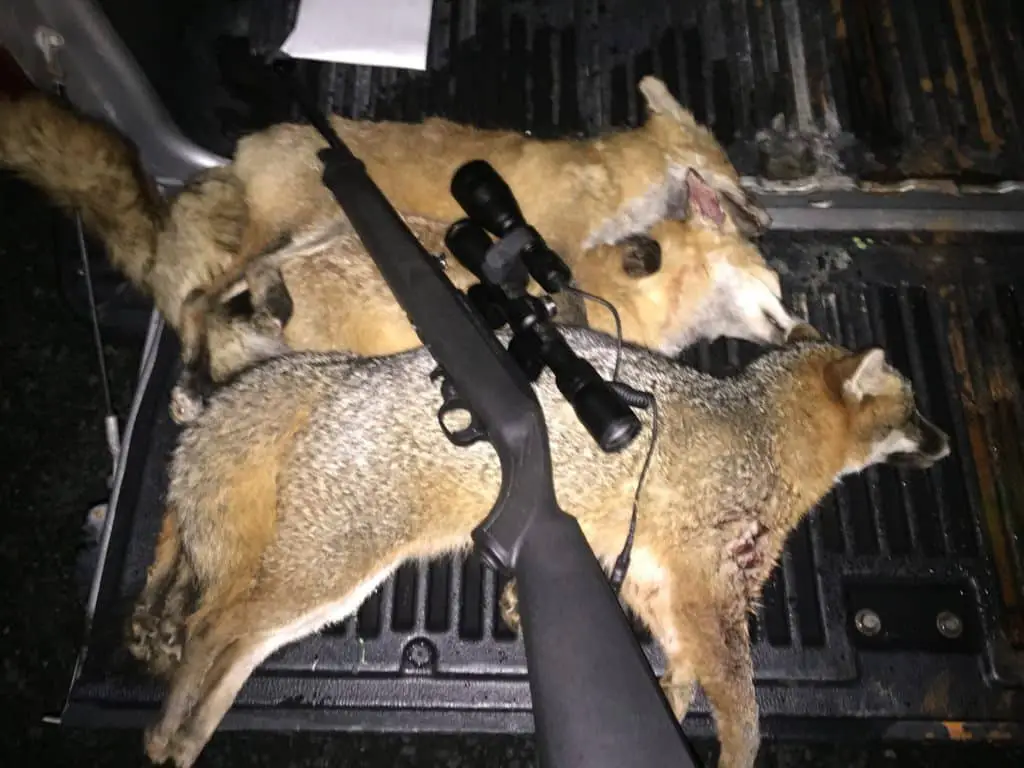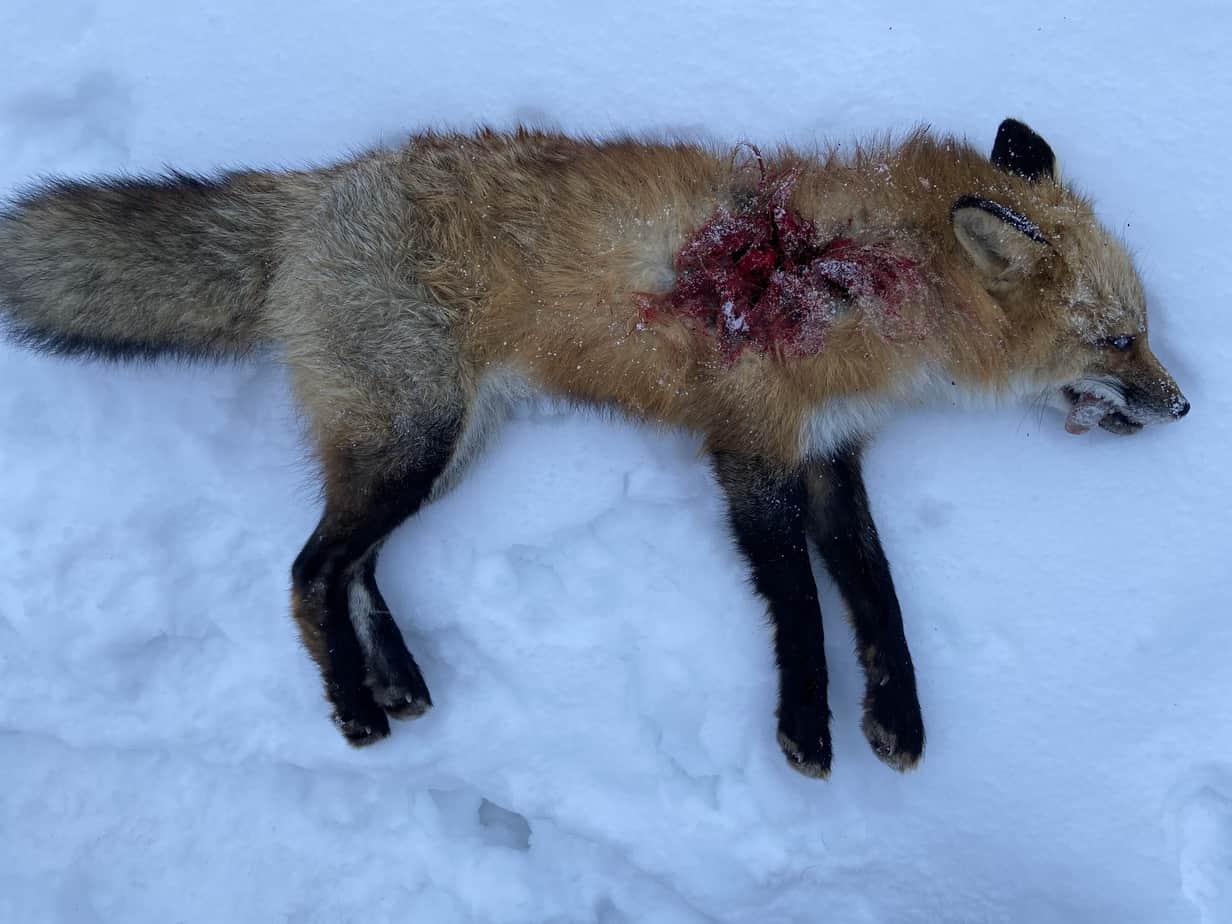Banner photo by: Shutterstock/Studioflora
Patience has to be rewarded
Every predator hunter eventually learns at least one fact: It takes many stands to call in and bag a fox. However, too many empty stands and cold, boring nights, leave many beginners frustrated and ready to quit. Simply put, patience has to be rewarded to keep the new hunter out in the field.

Interested in improving your odds? Then learn their “core” areas.
What is a “core” area?
Imagine you were trying to find an old friend, Jane. You wouldn’t just google her name, make note of the city she lives in, and start yelling her name on every street corner. Right?
Many first time fox hunters, however, do little more than that. They Google “red fox,” note that red’s like grassy fields, find one, and set up a caller.
If you really wanted to find Jane you look for her home address. Why? Well, ultimately, that’s where she spends the most hours of every day.
Sure, foxes spend time in grassy fields. However, they spend most of their time in and around their den.
Core areas, in essence, are where foxes live, sleep, and raise their young.
Fox Home Range Vs. Fox Core Area
The home range of a red fox is 150 to 2,000 acres (depending on resources). What does this mean? Well, if you were to able to completely scan for a red fox living in 150 acre area, you would have a 95% chance of finding it within that 150 acres. The other 5% of the time? The fox would be outside it’s normal home range for some reason.
A red fox’s core area, on the other hand, is typically less than 20 acres. If you could scan that fox’s entire core area at one time, you would have a 50% chance of locating it.
Still with me? No? Then think of it this way, a fox with a home range of 150 acres can be as much as 400 yards away from your stand 95% of the time.
But a fox in it’s 20 acre core area? 50% of the time, it’s no more than 50 yards away from you.
And what about the Gray Fox? Their core are is 25 acres, in contrast to their 250 to 750 home range.
The benefits of hunting fox core areas.
Core areas are helpful for a variety of reasons.
- Your caller volume can be set lower. Calling at max volume distorts the sounds being played. In frigid temperatures, your speaker is especially vulnerable to damage from the cold at higher settings.
- Improved ballistics. Shorter ranges means faster velocities, less wind drift, limited bullet drop, and great accuracy.
- Rapid, accurate target identification and acquisition.
- Unparalleled knowledge of how the fox is reacting to your calls.
- Proof the fox is down and shorter searches after the shot.
- Your hunting area is much smaller and your odds of encountering a fox actually rise.

Finding Fox Core Areas
So, how do you locate where a fox is sleeping, resting, breeding, denning, and raising its kits? By scouting.
Scouting before the season may seem like a reasonable thing to do, but I suggest you wait until the perfect time. Let the weather help you, and wait for a bit of light snow to cover the ground—you can practice your marksmanship while you wait.
About two days after it has snowed, head on out and methodically walk the area you intend to hunt. Once you spot fox tracks, follow them until you find urine marks.
Fox use urine to mark their territory, and they like to refresh these borders every few days. This proof (that you have fox nearby) is easy even for the beginner to see and recognize. On snow, it’s impossible to miss. You’ll find it most often on top of rock piles and tree stumps, and on animal trails and man made paths.
Once you find the urine spot, you have your first clue as to the sex of the fox that peed there. A female will have peed directly on the ground. Ground sprayed urine with a bit of blood in it indicates the female is in estrous. Urine sprayed on twigs or leaves just above the ground? That’s the work of a male.
Warning, Scouting Fox is Addictive
Feeling like a professional scout yet? Hang on, it gets better.
As you continue your scouting mission, keep track of how often you spot urine marks. These marks will increase rapidly as you near the fox’s core area.
You are seriously hooked on scouting now, right? If you are interested in further reading on canine scent marking, I’ve included a link to a 33 page study that will take you far deeper than any blog post could ever do.
Once you’ve found the highest concentration of urine and scat, it’s time to start looking for garbage pits, latrines, and eventually a fox den. But, you already are standing with 50 yards of a fox.
Congratulations!
You’ve done it! You’ve found the perfect place to set your stand and start calling, or set up an ambush site.
Now, go put some fur in the back of the truck.

